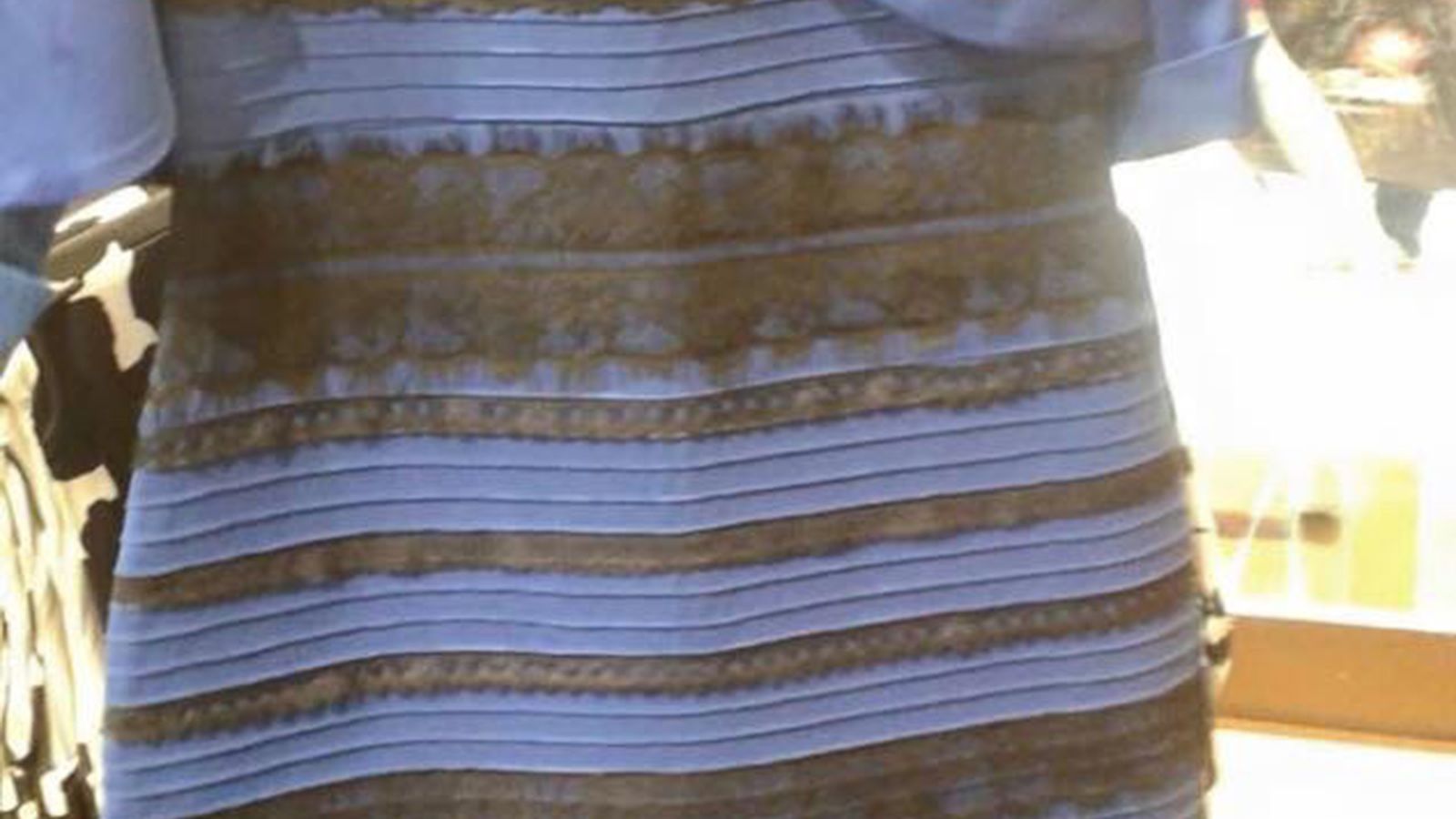Originally posted by billyswong
View Post
Its the color of dress problem where you vision changes based on time of day and lighting conditions. This is one of those horrible traps all humans at some point have some form of color blindness. This is just the way humans are constructed.
Originally posted by billyswong
View Post
This is also only part of libadwaita https://adrienplazas.com/blog/2021/0...ibadwaita.html they talk about it here.
Implementing the HIG is a lot of manual work for application developers. This led to lots of verbose copypasted UI code, full of slight interpretation variations and errors, making applications hard to maintain and full of visual and behaviorial inconsistencies.
As well as addressing the theming problem there is a need reduce the number of issues application developers make when implementing HIG. libadwaita goal is to get rid of some of this code duplication that causes these errors as well.
billyswong the reality here is there is a lot of wrong. There is wrong from gnome, There is wrong form distribution developers and There is wrong from applications developer and lack of guidance to end users all these things have been screwing up end users.
The reality here is the fix does not have gnome developers, distributions developers and applications developer with some level of unhappy because they have to fix things the fix is not really fixing the solution at hand.
Yes visual and behavioural inconsistencies the application developer did really intend todo happens due to coding errors using gtk, EFL, qt, MS windows default toolkit.... So there is need in this department for better tooling to tell developers hang on what you coded here in your UI does not quite look right have you typoed this. Same as needing tooling to validate themes.
Yes gnome core developers are attempting to solve a problem that need solving. I person are not sure they are 100 percent going about it the right way. Yet you have to also remember we know distributions have been extending gtk to add the theming features they want and so call fixing gnome so it useable for end users to have a market advantage.
Yes distributions have so called being fixing gnome for their end users and not submiting that upstream to give themselves a competitive advantage over other distributions. Of course this leads to gnome upstream seeing no reason to be working with distributions because they are going to-do what every they like anyhow and are not going to provide gnome developers with decent feedback or feature request or bug reports.
billyswong gnome actions out of context seams like gnome is being a jack ass for no reason. I would say gnome is totally justified from distributions interactions with gnome to go forwards not caring what distributions need because distributions have not been properly engaging.
The theming problem has been kicking around since the year 2000 and possible before. I know this because it was one of the early issues I raised on the freedesktop mailing list that I said need to be fixed. At the time I could get zero agreement how to fix it. Horrible I wrote back then that what might be required to fix it is if someone just be a total jackass and forced the issue so ruining everyone work around options so forced to fix the core problem.






Comment